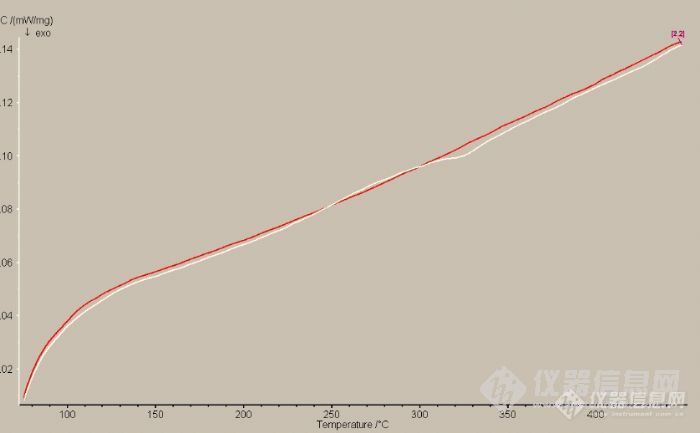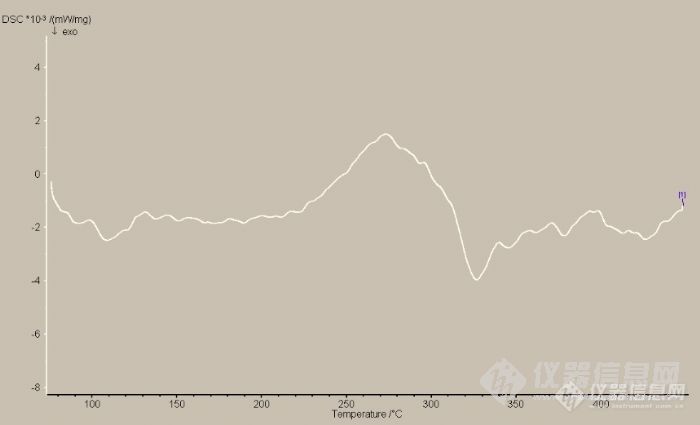
获得0积分,您同时完成了每日任务,有额外的积分奖励,请前往APP领取
立即前往
原文由 KK-yiqi(zhengkang) 发表:
From Wikipedia, the free encyclopedia
Recrystallization is a process by which deformed grains are replaced by a new set of undeformed grains that nucleate and grow until the original grains have been entirely consumed. Recrystallization is usually accompanied by a reduction in the strength and hardness of a material and a simultaneous increase in the ductility. Thus, the process may be introduced as a deliberate step in metals processing or may be an undesirable byproduct of another processing step. The most important industrial uses are the softening of metals previously hardened by cold work, which have lost their ductility, and the control of the grain structure in the final product.
Recovery is a process by which deformed grains can reduce their stored energy by the removal or rearrangement of defects in their crystal structure. These defects, primarily dislocations, are introduced by plastic deformation of the material and act to increase the yield strength of a material. Since recovery reduces the dislocation density the process is normally accompanied by a reduction in a materials strength and a simultaneous increase in the ductility. As a result recovery may be considered beneficial or detrimental depending on the circumstances. Recovery is related to the similar process of recrystallisation and grain growth. Recovery competes with recrystallisation, as both are driven by the stored energy, but is also thought to be a necessary prerequisite for the nucleation of recrystallised grains.
原文由 guowei0358(guowei0358) 发表:原文由 KK-yiqi(zhengkang) 发表:
From Wikipedia, the free encyclopedia
Recrystallization is a process by which deformed grains are replaced by a new set of undeformed grains that nucleate and grow until the original grains have been entirely consumed. Recrystallization is usually accompanied by a reduction in the strength and hardness of a material and a simultaneous increase in the ductility. Thus, the process may be introduced as a deliberate step in metals processing or may be an undesirable byproduct of another processing step. The most important industrial uses are the softening of metals previously hardened by cold work, which have lost their ductility, and the control of the grain structure in the final product.
Recovery is a process by which deformed grains can reduce their stored energy by the removal or rearrangement of defects in their crystal structure. These defects, primarily dislocations, are introduced by plastic deformation of the material and act to increase the yield strength of a material. Since recovery reduces the dislocation density the process is normally accompanied by a reduction in a materials strength and a simultaneous increase in the ductility. As a result recovery may be considered beneficial or detrimental depending on the circumstances. Recovery is related to the similar process of recrystallisation and grain growth. Recovery competes with recrystallisation, as both are driven by the stored energy, but is also thought to be a necessary prerequisite for the nucleation of recrystallised grains.
谢谢,但是没有明白这和我问的问题之间的联系。

